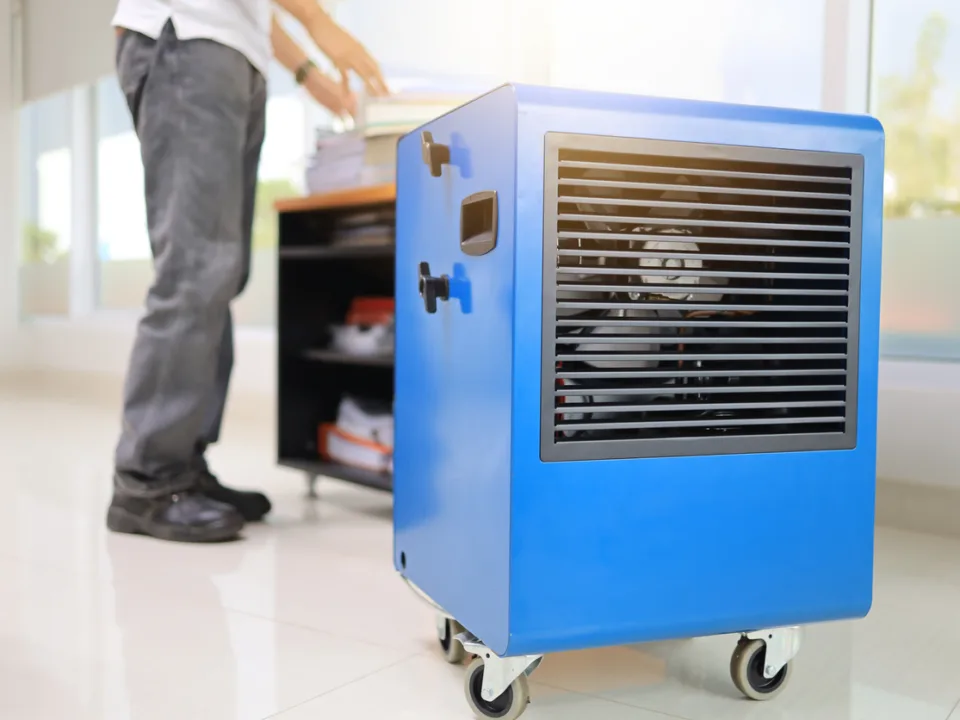How to Prepare Your Home for the Next Flood Season
Floods can be devastating, causing extensive damage to homes and properties. However, proper preparation can minimize the risks and protect your home. This article will discuss essential steps to help you prepare your home for the next flood season.
Understanding Flood Risks
Before taking any preventive measures, it’s crucial to understand the flood risks specific to your area. Research local flood zones, historical flood data, and potential sources of flooding, such as nearby rivers or coastal areas.
Creating a Flood Emergency Plan
Prepare an emergency plan that includes evacuation routes, communication strategies, and a list of essential contacts. Ensure that every household member knows this plan and what to do in case of a flood.
Elevating Your Home
If your home is in a flood-prone area, consider elevating it to reduce the risk of water damage. Consult with professionals, like Texas Disaster Restoration, to determine the appropriate elevation level for your property.
Waterproofing Your Basement
Basements are particularly vulnerable to flooding. To keep water out, invest in basement waterproofing solutions, such as sealants, sump pumps, and proper drainage systems.
Sump Pump Installation
Installing a sump pump in your basement can be a lifesaver during a flood. Ensure it’s in good working condition and has a backup power source in case of electricity failure.
Securing Outdoor Items
Outdoor furniture and equipment can become hazardous during floods. Anchor or store them in a safe place to prevent them from being carried away by floodwaters.
Insurance Coverage
Review your home insurance policy to ensure it covers flood damage. If not, consider purchasing flood insurance through the National Flood Insurance Program (NFIP) or a private insurer.
Emergency Kit Preparation
Assemble an emergency kit with essential items like non-perishable food, water, first-aid supplies, flashlights, and important documents. Keep it easily accessible in case of evacuation.
Evacuation Plan
Know when it’s time to evacuate and where to go. Plan for the safety of your family and pets, and consider the needs of elderly or disabled family members.
Communication Strategy
Stay informed about flood warnings and updates through weather alerts and local news. Have a reliable communication plan to keep in touch with family members during emergencies.
After the Flood
Once the floodwaters recede, it’s time to assess the damage and start the recovery process. Document the damage for insurance claims and follow safety guidelines when returning home.
FAQs
What is the most common cause of home flooding?
- Heavy rain, storm surges, or nearby rivers and streams overflow often cause flooding.
How can I check if my home is in a flood zone?
- You can check flood maps provided by FEMA or consult your local government’s floodplain management office.
What should I include in my flood emergency kit?
- Your emergency kit should include food, water, first-aid supplies, essential documents, flashlights, and batteries.
Is flood insurance mandatory?
- Flood insurance is not mandatory for all homeowners but is highly recommended, especially in flood-prone areas.
How can I prevent mold growth after a flood?
- Properly drying and dehumidifying your home after a flood is essential to prevent mold growth. Consider professional assistance if needed.
Were you Affected By A Flood? Contact Texas Disaster Restoration today!
Preparing your home for the next flood season is a proactive way to protect your loved ones and valuable possessions. By understanding the risks, creating a solid plan, and taking preventive measures, you can significantly reduce the impact of flooding on your life. Contact Texas Disaster Restoration if you’ve been affected by flood damage.









